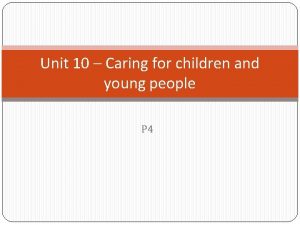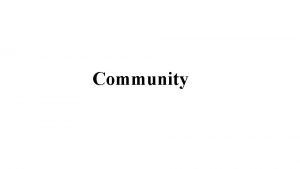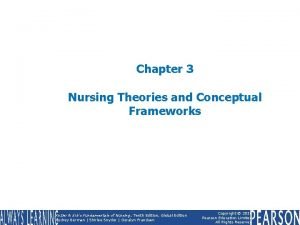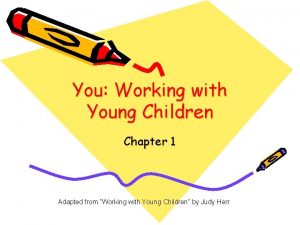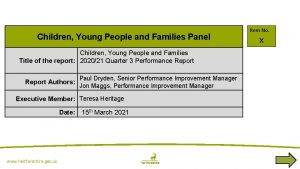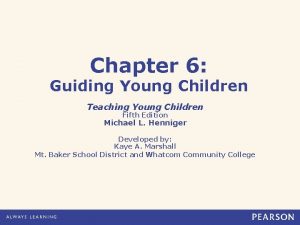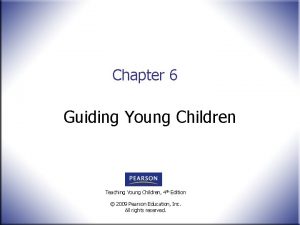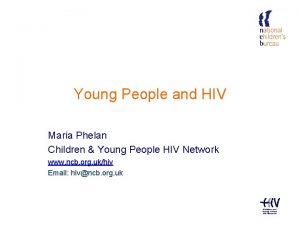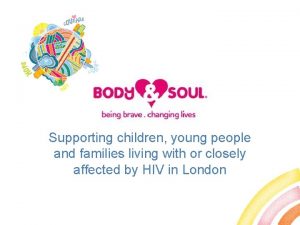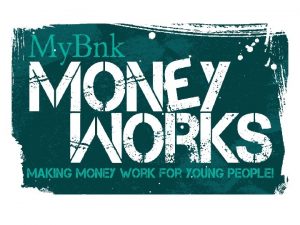Children and young people in group living Theories










- Slides: 10

Children and young people in group living: Theories

‘It is essential that each residential setting has a clear theory or general philosophy that guides its practice, focusing on the fine detail of children’s needs and ways of addressing them using individual and group methods’. Two dominant approaches are: Øattachment theory and Øbehavioural/solution focussed approaches

Theorists: - Douglas ‘Focus on working on specific issues’ØHe had focused on structured groups that were created to work on set issues, typically with a therapeutic focus, where members had in common the reason for being at the group (for example, alcohol or lack of confidence). ØHe drew out characteristics of work in created groups that applied to the residential setting, for example: Øintegral to success is ‘for members of a group to have a sense that what they do will be accepted by their peers without diminution of the respect and affection of the group for them’.

Theorists: - Douglas ØThe task for the residential worker becomes that of creating an environment in which people will feel safe to share and take risks. ØDouglas pursues themes that would have been central to work with created groups in residential environments – Membership of groups; Group structures: Moving in and out of groups; Group behaviour; Leadership and power; Conflict resolution and Communication

Theorists: - Brown & Clough They sought to bring together two fields of Theorising: Residential Life and Created Groups. They noted the differences as: Residential workers have not only responsibility for how a meal is managed, but also the planning of the meal and the life of the setting. So to deal with a problem during a meal, a residential worker may intervene in different parts of the system, i. e. to change meal times so as not to clash with favourite event; talk to a transgressor after a meal; to call a community meeting, or to take action directly at the time

Theorists: - Brown & Clough Brown and Clough produce a typology of groups: ØThe whole community ØLiving together ‘groups’ ØInformal friendship/affinity groups and groupings ØGroups to discuss group living issues ØOrganised groups and groupings ØStaff groups and groupings ØAnd groups whose membership crosses the boundary of the centre divide

Robert Freed Bales “Linking group observation and interaction processes”. ØBales pioneered the development of systematic methods of group observation and measurement of interaction processes. ØHis first coding system was Interactive Process Analysis (IPA) which was used to classify group behaviour into that which was taskoriented and that which was relationship-oriented ØIt was based on the assumption that three fundamental dimensions structure interactions in groups:

Robert Freed Bales ØDominance/submission. • Is this member active, outgoing, and talkative – or passive, quiet and introverted? ØFriendliness/unfriendliness. • Is this member warm, open and positive – or negative and irritable? ØAcceptance of authority/non-acceptance of authority. • Is this member analytical, and task-oriented – or emotional, untraditional and (possibly) resentful.

How the physical environment can support well-being in a group ØSetting: - the importance of recognising how children and young people’s life experiences influence their behaviour and responses to group living. ØStrategies: - for promoting positive outcomes including ways of empowering children and young people so they are active participants in their own care e. g. access to advocacy, peer mentors. ØThe importance of minimising stress and feeling safe and ways of supporting staff to help children and young people develop positive and trusting relationships with others inside and outside the setting.

How the physical environment can support well-being in a group ØIdentifying positive outcomes for individual children or young people e. g. taking personal responsibility, identifying and setting selfdirected goals. ØThe importance of achieving these to the development of selfesteem and resilience
 Unit 10 caring for children and young people
Unit 10 caring for children and young people Brown and clough theory on group living
Brown and clough theory on group living Living together in the community
Living together in the community Blue things
Blue things Nursing theories and conceptual frameworks
Nursing theories and conceptual frameworks Working with young children/answer key chapter 1
Working with young children/answer key chapter 1 Tscyc screening form
Tscyc screening form Phonemic awareness in young children
Phonemic awareness in young children Sfyc hampshire
Sfyc hampshire Alcohol consumption causes blood vessels to contract.
Alcohol consumption causes blood vessels to contract. Young living öle starterset
Young living öle starterset
